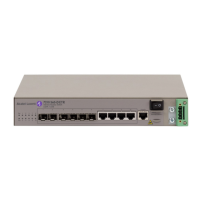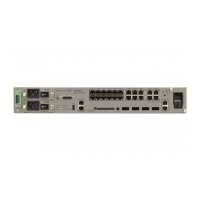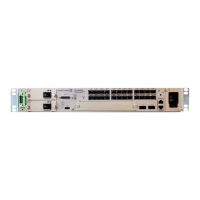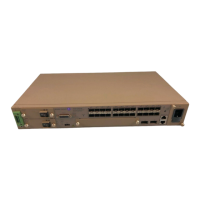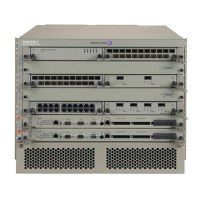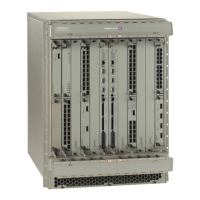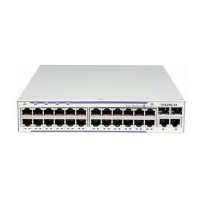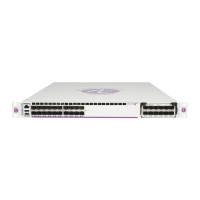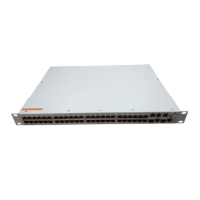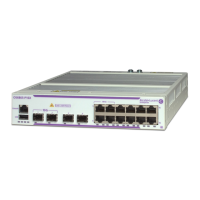QoS Overview
Page 60 7210 SAS D, E, K OS Quality of Service Guide
Access Egress QoS Policies on 7210 SAS-D and 7210 SAS-E
An access egress policy defines the queue and marking characteristics for the traffic egressing
towards the customer on the access ports. There are 8 queues always available at the access port
and FCs is mapped to these 8 Queues. By configuring appropriate queue shaper rates the
individual FC traffic can be managed so that each FC’s traffic is well within SLA limits and does
not impact the serviceability of other FCs.
The forwarding classes is mapped to 8 queues by software as per Table 24, Default SAPAccess
Egress Policy ID 1 Definition, on page 67. It is not user configurable. The Queue ID determines
the priority of the queue, with higher queue-id denoting higher priority.
To define a basic access egress QoS policy, the following are required:
• A unique service access QoS policy ID.
• A QoS policy scope of template or exclusive.
• The parameters that can be configured for a queue are discussed in Queue Parameters on
page 45.
• IEEE 802.1p priority value remarking based on forwarding class.
• Option to use IP DSCP values for marking based on forwarding class (supported only for
7210 SAS-D)
The forwarding class determination per service egress packet is determined at ingress. If the
packet ingressed the service on the same router, the service ingress classification rules determine
Table 23: Default Service Egress Policy ID 1 Definition
Characteristic
Item Definition
Queues Queue 1 1 (one) queue defined for all traffic classes:
• CIR = 0
• PIR = max (line rate)
• MBS = 60
• CBS = 10
• Priority= 1
• Weight= 1
Flows Default
Action
1 (one) flow defined for all traffic classes:
• All traffic mapped to queue 1 with no
marking of IEEE 802.1p values

